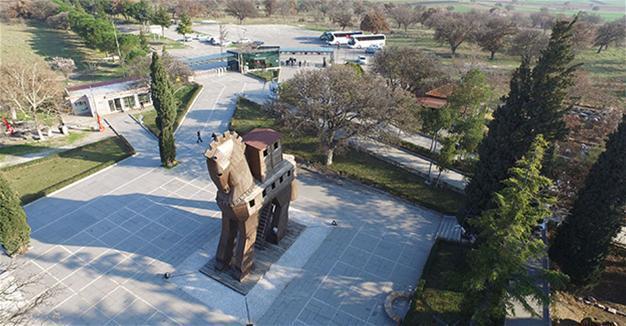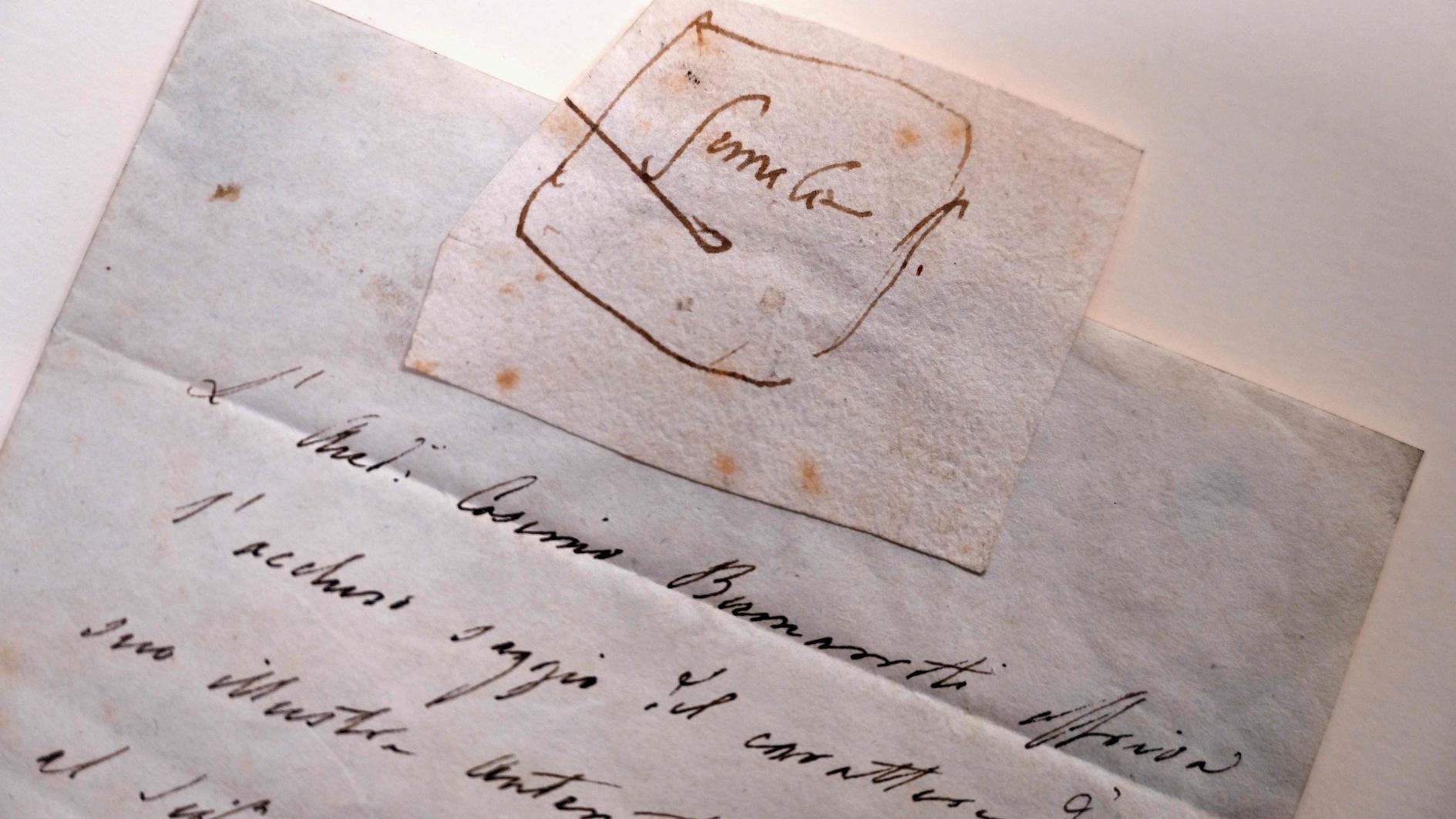Traces of measures against quakes seen in Troy
ÇANAKKALE
 The issue of earthquake returned to prominence again last week after a 6.2-magnitude quake shook İzmir’s Karaburun coast, again raising fears about Turkey’s level of preparation for a massive temblor.
The issue of earthquake returned to prominence again last week after a 6.2-magnitude quake shook İzmir’s Karaburun coast, again raising fears about Turkey’s level of preparation for a massive temblor.Now, new findings suggest the question also vexed the minds of Trojan engineers and architects around three millennia ago.
“[The residents of Troy] took lessons from the previous earthquakes and built strong defense systems and walls from the 1700s B.C. on, when Troy had its heyday. In their construction techniques, we can see the measures taken thousands of years ago against a possible earthquake. Thanks to these measures, the magnificent walls of the ancient city have survived for thousands of years,” said Professor Rüstem Aslan, a Çanakkale Onsekiz Mart University (ÇOMU) academic and the head of excavations in the ancient city of Troy, noting that residents’ attempts to guard against the damage caused by earthquakes should serve as a lesson for people today.
The traces of measures that were taken against earthquakes in the ancient city, which now lies in the northwestern province of Çanakkale, can still be seen, Aslan said. “Thanks to these measures taken by ancient-era engineers and architects, these magnificent walls in the ancient city have been surviving for centuries.”
Following the Trojan War, the city was abandoned after suffering a large earthquake. Residents, however, took a lesson from the destructive earthquake, building defense systems and walls to help withstand future seismic activity.
Temblors cause more damage than Trojan War
Troy received more damage from quakes than it did during the 10-year Trojan War, and the traces of those earthquakes can still be seen today, Aslan told Doğan News Agency.
“Settlement started in the 3000s B.C. in Troy. We found out during archaeological excavations that settlement continued until the 500s A.D. The ancient city was demolished many times during the thousands of years of its history. After the excavations that started in 1871 and continued through 2005, we unearthed damage caused by earthquakes in the Troy 2, Troy 3, Troy 4 periods, and especially in the Troy 6 period, which is associated with the Trojan War and the Hellenistic Roman era. The city was abandoned after a massive earthquake,” he said.
Showing the cracks on the walls of the ancient city that occurred during the Troy 6 period, Aslan said: “We can see the traces of a massive earthquake that occurred in the 1300s B.C. in the Troy 6 period ruined the walls of the castle.”
















